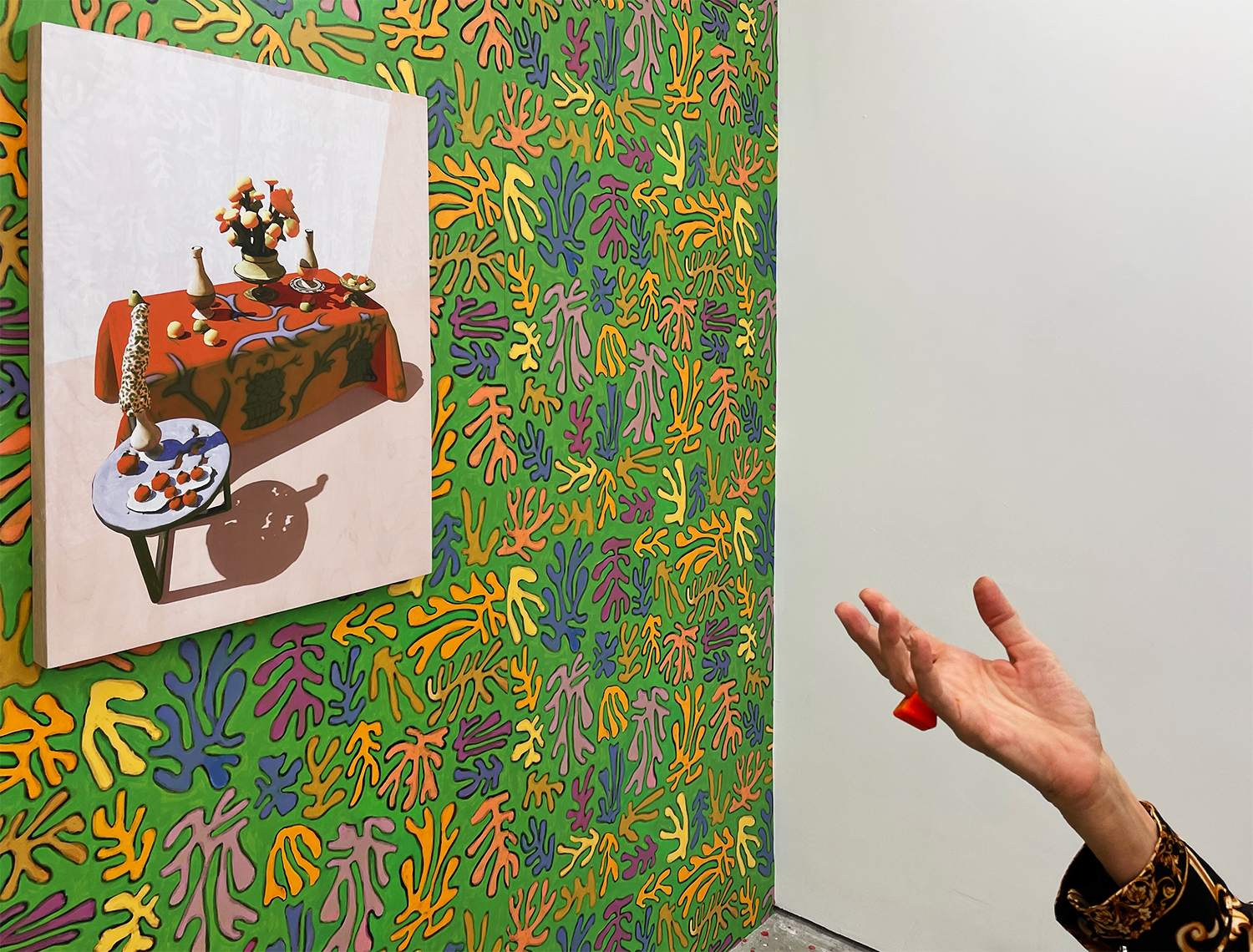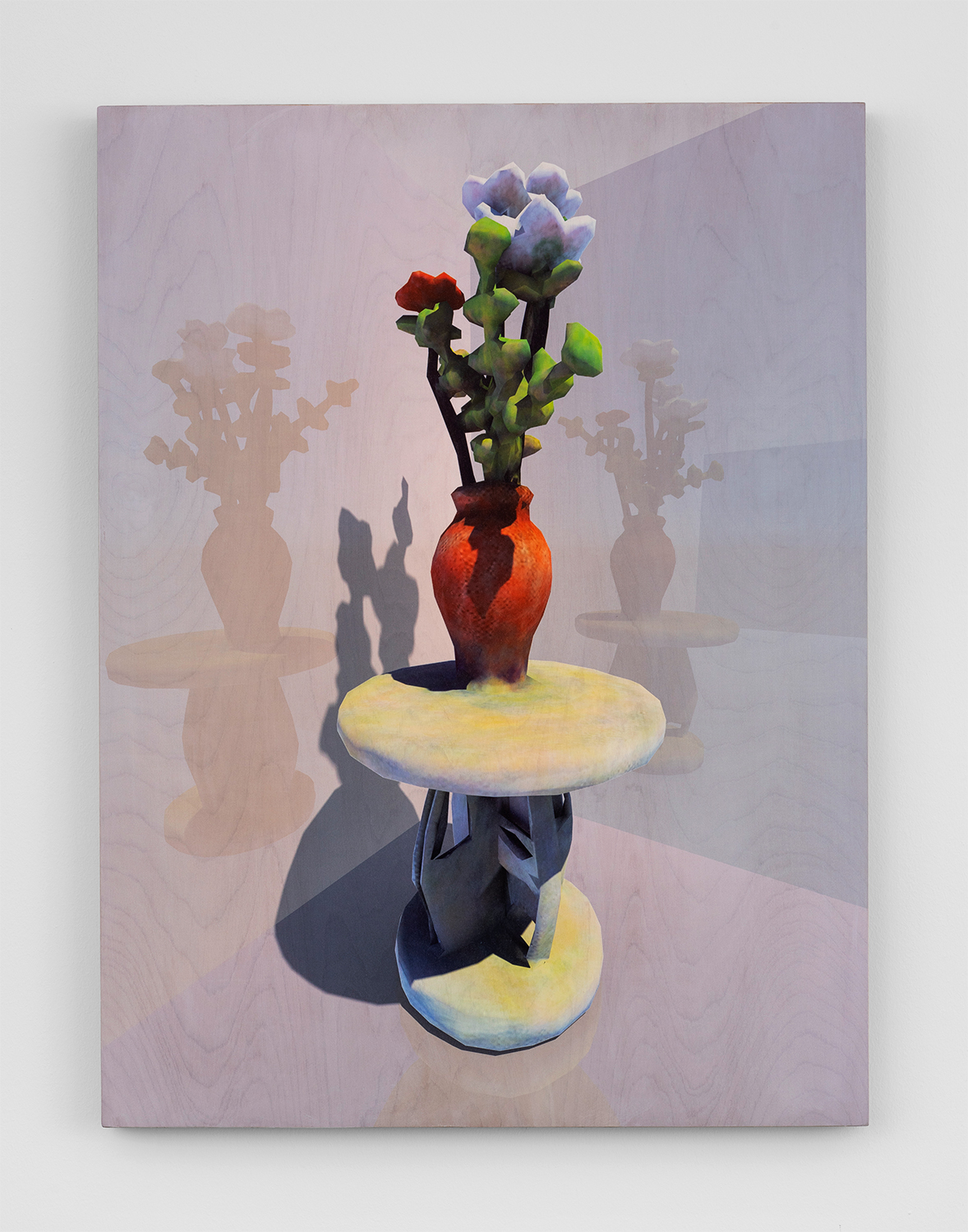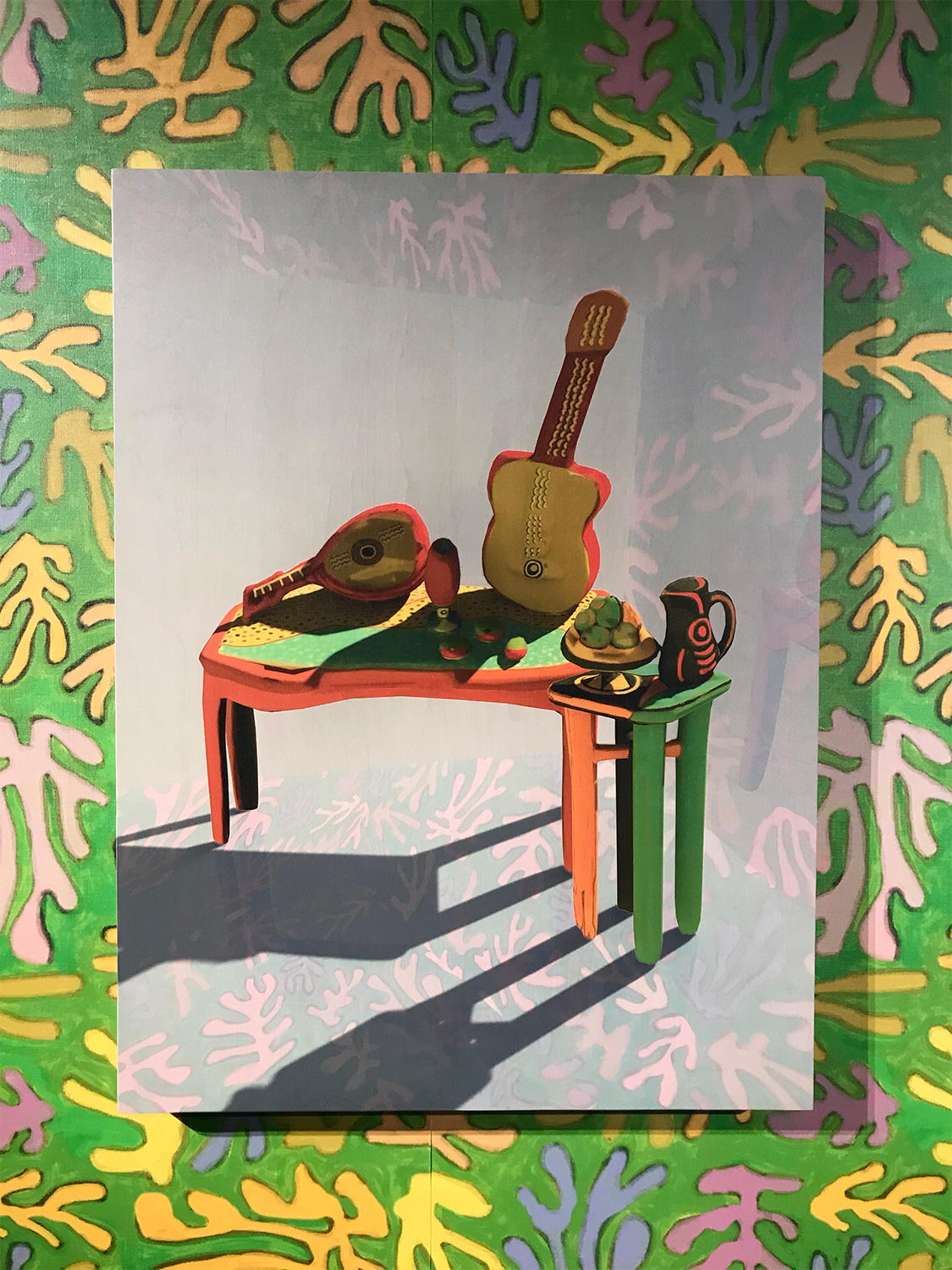










Digital Combines
2021
In 2021, post-pandemic and the ensuing explosion of the NFT, I introduced a new hybrid, the Digital Combine, part handmade painting, part NFT. NFT are digital files that have been encrypted on a blockchain and then offered for sale, attached to some form of “crypto” currency. I think of them as an artistic medium but also as a cloud-based site for media art. The trading of crypto currencies and artistic NFT seized the imagination of a public housebound by Covid. Digital Combines have therefore become my response to a culture in crises, inspiring me to adopt the NFT, and the act of digitally “minting” one, as its symbol.
I appropriated the term Combine from Robert Rauschenberg to propose an artistic genre in which a physical work is joined with a virtual one: two halves to unite the tangible with the ephemeral. Rauschenberg’s radical version of expanded painting mixed sculptural and painted elements together into a single work. In my parallel construction, Digital Combines pair a painting with a related NFT computer graphic, one that also holds the work’s metadata, to create a single conceptual object. Although I imagined the Combine for a series of my own paintings, the concept can be applied generally, whenever artists conceive of the physical and virtual worlds as continuous. In the paradigm that I envision, a unique work consists of a born-digital work paired with a physical work, legally bound together by a “smart” NFT contract. I developed my contract in collaboration with NFT conservation expert Regina Harsanyi. In its legal language this contract represents a profound ontological shift in our cultural imagination.
Excerpt from the first Digital Combine contract:
[T]he born-digital [work] cannot be sold separately from the [physical work], as they are two halves of a singular whole. Sellers and purchasers will be required to share contact information, so that the tangible work can be properly transported to the new collector. Otherwise, this compromises the integrity of the work and, in the event of their separation [the artist] will no longer recognize this iteration as her own and it will not be included in her upcoming catalogue raisonne. In an inversion of platonic idealism, [the artist’s] commentary interweaves the problematics of representation through virtual simulation versus the history of representation through physical embodiment.